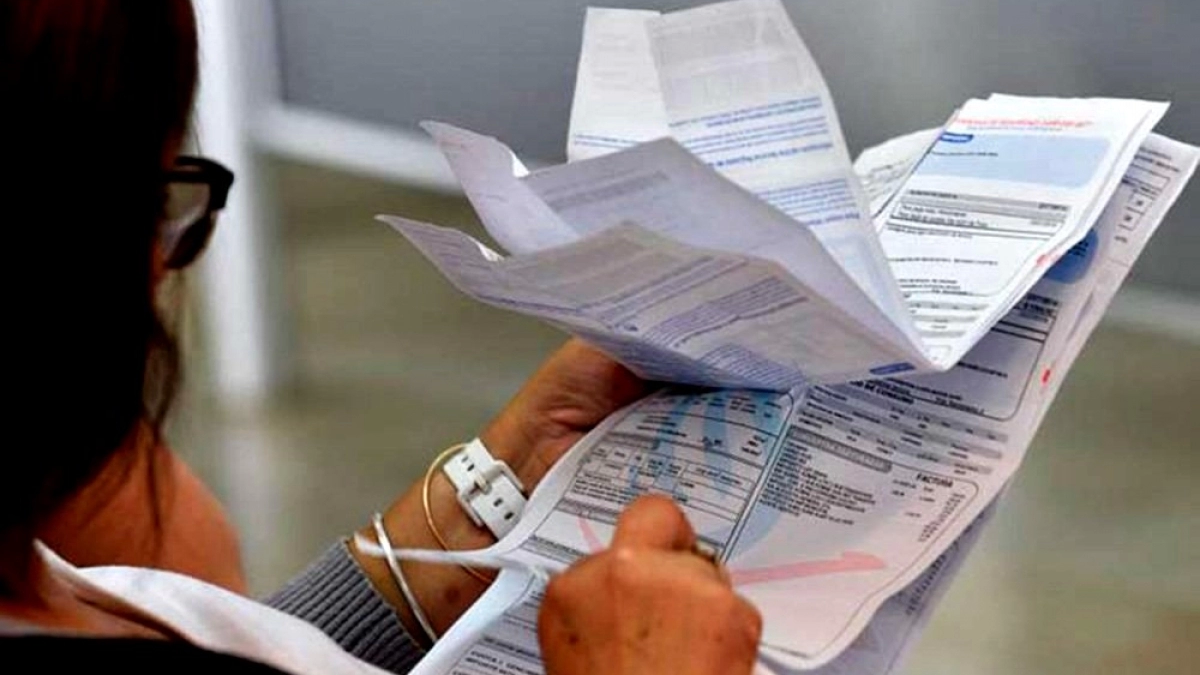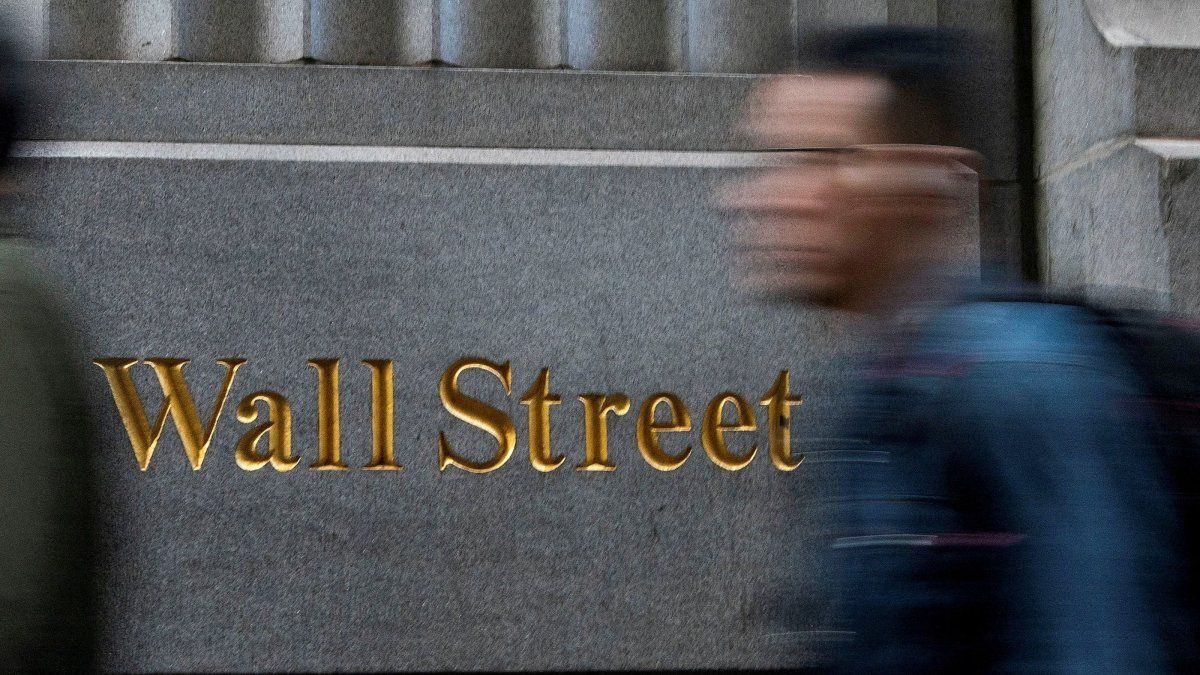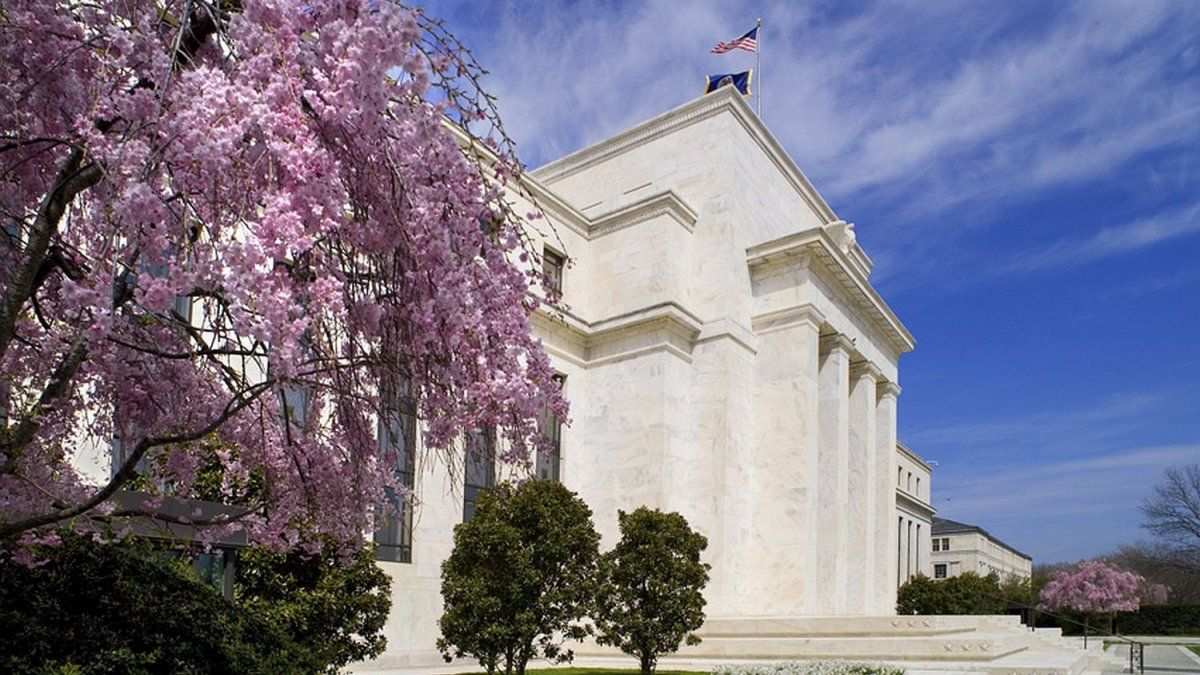How was segmentation defined for electricity and gas users?
In the case of electricity and gas, the Executive established three user segments according to their income level:
Level 1 corresponds to households with higher incomes and people who were not registered in the Registry of Access to Energy Subsidies (RASE), the form available to request to keep the subsidies.
Level 2 refers to people with the lowest registered income, so the beneficiaries of the social rate are also included.
Level 3 is made up of medium-income users, that is, households that receive less than $364,759, the equivalent of 3.5 basic baskets.
The impact of the removal of gas subsidies
The new scheme in which gas users were grouped shows that 269,725 users remained in level 1; in 2, 2,880,090; and in 3, 2,599,550. Level 1 will lose the subsidy completely for all consumption, with an increase that reaches 167%.
At level 2, the current rate will be maintained. While at level 3, a volume equivalent to 70% of the average of the minimum and maximum thresholds of each category and sub-zone is subsidized. The surplus will also increase by 167%. For example, a Tier 3 household that paid a gas bill of $1,650 in January in June will pay $2,146.
The impact of removing subsidies on electricity
In the RASE, 8,890,998 users were registered to maintain electricity subsidies, of which 399,156 (4.49%) correspond to level 1; 5,040,120 (56.69%) at level 2; and 3,451,722 (38.32%) at level 3.
A consumption limit of 400 kWh per month per household will be applied to maintain the subsidized rate and another of 550 kWh for localities that do not have natural gas through networks. The Government estimated that a high-income user of Edesur, with an average consumption of 300 kWh, the amount without taxes will go from $1,467 to $2,285.
In the bills for August, the Seasonal Price of Electricity will increase by 113.9%, which is the subsidized component of the bills and on which consumption is calculated. This value will go from $3,529 to a total of $7,684 when the total removal of subsidies is applied in January, for which those who have their subsidies totally or in excess will also pay that higher price.
The impact of removing subsidies on water
The removal of the subsidy is carried out in three zones that AYSA grouped according to its zoning code that emerges from its regulatory framework. Users in the high segment (500,000 households) lose the entire subsidy from November 1.
The medium (980,000 users) and low (1.1 million customers) will have a progressive removal and will be permanently removed in March 2023. The low will continue with 15% until May 2023.
People who have a social or community rate are excluded from this scheme. As long as users who consider that they need to request the social rate, they can request it. Only 15% of the universe of households that AYSA has will be affected by the elimination of the subsidy in November.
The average bill in the high segment means an average rise from $841 to $2,099 in June 2023, while those in the mid-tier will go from $754 to $1,883, and those in the lower mid-tier from $707 to $1,501.
Since when does the removal of subsidies come into effect?
In the case of electricity and gas, the increases for levels 1 and 3 will be applied gradually in three bimonthly periods: from the consumption of August, October and December 31, which will impact from September, November and January.
While on the water side, for the high level the impact of the total loss of the subsidy will be in November. The medium and low levels will have a progressive removal until they are permanently lost in March of next year.
What about users who rent a property owned by someone who qualifies at the high level? .
The removal of subsidies on electricity and gas bills will not affect people who rent the home in which they reside, as long as they do not belong to a family group that earns $350,000 per month. Tenants who do not reach that income level must be registered in a special registry, in which they declare to be “Residential User of the Service”, to be considered in the new segmentation.
What happens to users who are electrodependent?
If you are electrically dependent, you should not complete the procedure to request the electricity subsidy, but it is necessary to do so to request the gas subsidy.
Will the same rate be paid throughout the country?
No, because the new rate scheme contemplates the reality of each area of the country, that is, whether or not the home has a gas connection through the network, as well as in which region it is located to consider the climatic factor in consumption. A city in southern Argentina will not have the same bill as one in the north.
This is because there are many households in different parts of the country that have to resort to electricity for heating and cooking, so it is feasible that they spend more than 400 kWh per month, the consumption limit to maintain the subsidy.
In the case of gas, consumption in homes located in the coldest regions of the country doubles that of temperate regions.
Source: Ambito
David William is a talented author who has made a name for himself in the world of writing. He is a professional author who writes on a wide range of topics, from general interest to opinion news. David is currently working as a writer at 24 hours worlds where he brings his unique perspective and in-depth research to his articles, making them both informative and engaging.




